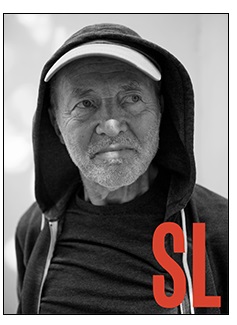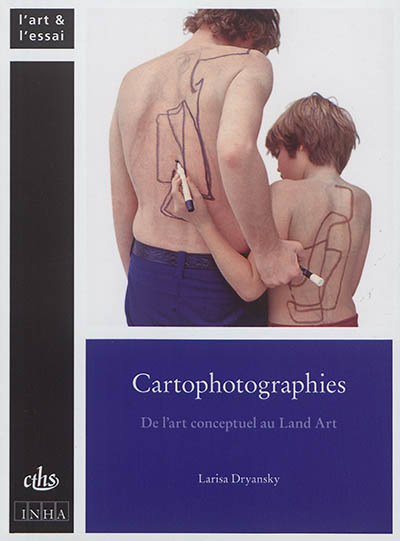par Jones, John (1926-2010) ; Jones, Nicolette
Tate
2021 -
-
Disponible - 707.38 JON
Niveau 3 - Arts
Résumé : In 1965, British artist John Jones left the UK with his young family to live in the USA. There they settled in Greenwich Village, New York, and spent several months on a road trip west, seeking out artists and interviewing as many as they could. All revealed something unique about their work and practice. Many spoke of the times they were living in – 1960s America, a political and cultural crucible. Some (Claes Oldenburg and Yoko Ono, for instance) became Jones’s personal friends. Published here for the first time, this book presents a fascinating selection of Jones’s conversations with those artists, as chosen by his daughter, Nicolette. This is the story of art presented not through the filter of art critics, but from the mouths of the practitioners. Featuring an array of wellknown voices, including Marcel Duchamp, Man Ray, Louise Bourgeois, Lee Krasner, Jasper Johns and Robert Rauschenberg, The American Art Tapes offers an intimate portrait of the American art scene in the mid 1960s – a pivotal moment in twentieth-century art – and the thinking that gave rise to one of the most fertile creative periods in our recent history.

 Les bibliothèques de la ville de Paris
Les bibliothèques de la ville de Paris
 Les bibliothèques universitaires
Les bibliothèques universitaires
 La BnF
La BnF
 L'encyclopédie Wikipédia
L'encyclopédie Wikipédia
 L'Encyclopædia Universalis
L'Encyclopædia Universalis
 La bibliothèque du film
La bibliothèque du film
 La médiathèque de la Philharmonie de Paris
La médiathèque de la Philharmonie de Paris




![American art of the 20th [twentieth] century](/imported_images/livre/couverture/0-500-23186-9.jpg)













![Window on the west : Chicago and the art of the new frontier, 1890-1940 : [exposition, Chicago, The Art Institute of Chicago, du 28 juin au 13 octobre 2003]](/imported_images/livre/couverture/0-86559-199-7.jpg)




![American art since 1945 [nineteen fourty five]](/imported_images/livre/couverture/0-19-520359-3.jpg)


![Topics in American art since 1945 [nineteen forty five]](/imported_images/livre/couverture/0-393-04401-7.jpg)
![Stieglitz and his artists : Matisse to O'Keeffe : the Alfred Stieglitz collection in the Metropolitan museum of art : [exhibition, Metropolitan museum of art, New York, October 13, 2011-January 2, 2012]](/imported_images/livre/couverture/9780300175882.jpg)





![Mark Tobey : Tobey or not to be? : [exposition, Galerie Jeanne Bucher Jaeger , Paris, du 16 octobre 2020 au 16 janvier 2021]](/imported_images/livre/couverture/978-2-07-292720-1.jpg)







![Néo-romantiques : un album : [exposition "Néo-romantiques, un moment oublié de l'art moderne : 1926-1972", Paris, musée Marmottan Monet, du 8 mars au 18 juin 2023]](/imported_images/livre/couverture/978-2-493882-03-5.jpg)






